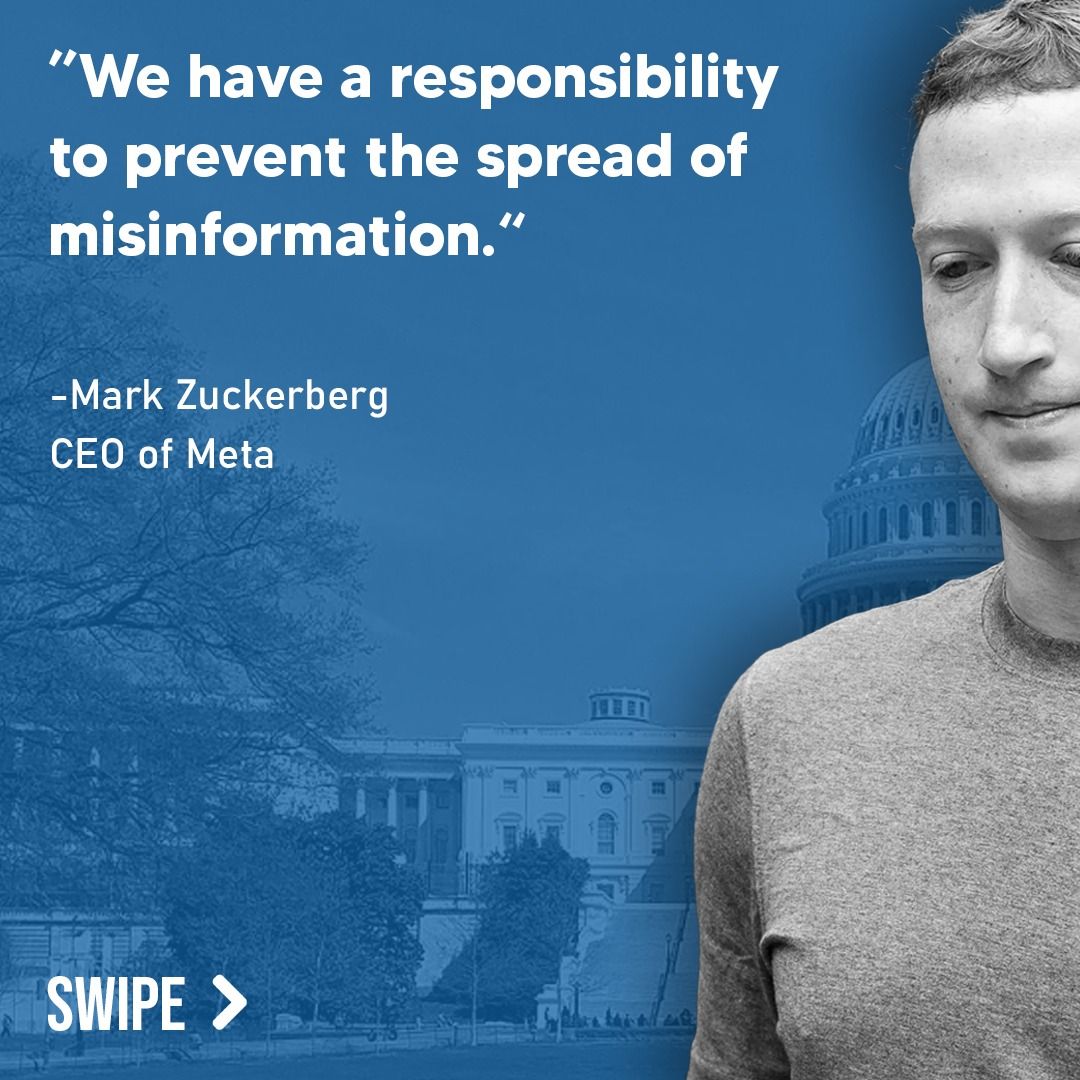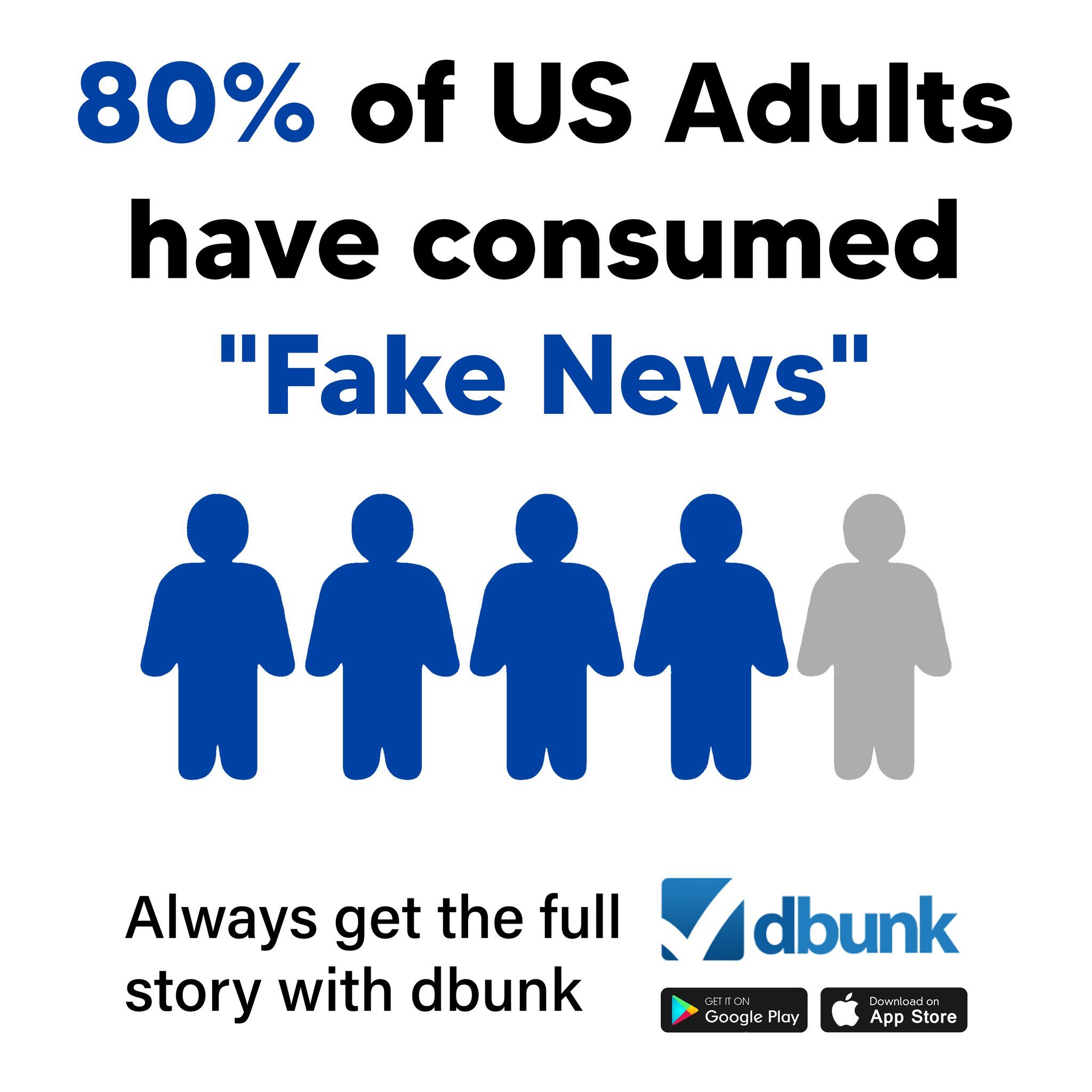
Introduction
The article examining extensive Ukrainian drone strikes on Russian territory, particularly Moscow, has drawn significant attention. But one paragraph especially triggered questions: it mentions that President Donald Trump returned to office in January and promised to end the war in Ukraine within 24 hours—a bold statement that many users questioned. Did Trump make such a claim, and if so, what truth lies behind this assertion?
Historical Context
Russia’s invasion of Ukraine began on February 24, 2022, escalating the long-standing conflict between the two nations. Since then, the war has led to widespread destruction, millions of refugees, and intense global debate. Throughout, various world leaders, including President Trump—who served from 2017 to 2021 and returned to office in early 2025—have made public remarks about mediation and strategy in resolving the crisis. His prior comments on NATO, Russia, and Ukraine have been controversial and widely analyzed.

Fact-Check of Specific Claims
Claim #1: President Trump promised to end the war in Ukraine within 24 hours
This statement is true. Donald Trump has repeated the 24-hour pledge multiple times, both during his 2024 campaign and after being re-elected in the 2024 U.S. presidential election. For example, at a New Hampshire rally in January 2023, Trump said, “I will end that war in one day—24 hours.” The promise was reiterated in subsequent public speeches and during interviews such as one on Fox News in March 2024. However, Trump has never provided a detailed plan on how he would achieve such a resolution within that timeframe.
Claim #2: Trump has not delivered on that promise since taking office in January 2025
This is accurate. Since returning to the presidency in January 2025, there have been no concrete signs that the war in Ukraine has ended or even de-escalated dramatically due to Trump’s interventions. The article itself reports increased drone activity from both sides, and peace dialogue remains stalled. While Trump’s administration has been involved in backchannel communications with Russia—as noted in the alleged pending memorandum from President Putin—there has been no verifiable breakthrough directly linked to Trump’s involvement that supports resolution within 24 hours of taking office.
Sources: New York Times, Reuters

Claim #3: Trump received a peace proposal from Vladimir Putin earlier this month
This claim is partially true. It is confirmed that discussions occurred between the Trump and Putin administrations regarding a peace memorandum. Russia’s Foreign Ministry spokesperson Maria Zakharova stated publicly that Moscow was drafting a document discussed during a call with President Trump. However, there is no publicly available document at this point, and the specifics of the proposal remain undisclosed. Therefore, we can verify that a proposal was promised but not yet received or finalized.
Sources: Bloomberg, Al Jazeera

Claim #4: Ukraine struck defense-related industrial targets inside Russia on May 27, 2025
This claim, made by Ukrainian official Andriy Kovalenko, remains unverified. While he stated that facilities such as the Dubna Machine-Building Plant and Technopark ELMA-Zelenograd were hit, the article itself acknowledges ABC News could not verify these impacts. No independent photos, videos, or satellite imagery confirming the strike outcomes have been presented. As such, there is insufficient evidence to confirm this claim.
Sources: ABC News (in-article), BBC

Conclusion
The article overall provides a generally accurate snapshot of the current situation in the Russia-Ukraine conflict, particularly regarding ongoing drone warfare. However, it contains mixed levels of verification when it comes to some claims. Yes, Trump did publicly state on numerous occasions that he could end the war in Ukraine within 24 hours, and he has so far not been successful in doing so. The mention of a pending Russian peace proposal also holds weight, though the document has not materialized publicly. Meanwhile, claims about successful Ukrainian strikes remain unverified. The article frames Trump’s influence as significant but lacks the critical balance of pointing out that no tangible results have been achieved from those promises, making parts of the narrative feel overly simplified or prematurely judgmental.
Encourage Readers to Take Action
Want clarity like this for every headline? Download the DBUNK app or follow us on social media to stay informed and empowered against misinformation.

